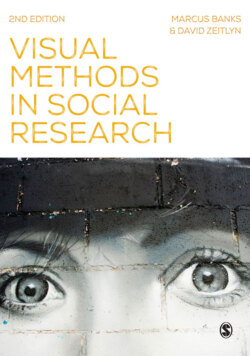Читать книгу Visual Methods in Social Research - Marcus Banks - Страница 11
На сайте Литреса книга снята с продажи.
1.1 The trouble with pictures
ОглавлениеAnthropology has had no lack of interest in the visual; its problem has always been what to do with it. (MacDougall 1997: 276)
It used to be quite common for visual researchers in the social sciences to claim that they work in a minority field that is neither understood, nor properly appreciated by their colleagues (e.g. Grady 1991; Prosser 1998b; cf. MacDougall 1997). The reason, the argument went, is that the social sciences are ‘disciplines of words’ (Mead 1995) in which there is no room for pictures, except as supporting characters. Yet today, interest in visual analysis seems to be growing widely in the social sciences. Visual anthropology leads the way in this, although visual sociology is also a relatively well-established sub-discipline, and visual approaches can be found in other research areas such as social psychology, educational studies and the like.1
There is now an abundant research literature from within cultural studies and most social science disciplines that specifically addresses visual forms and their place in mediating and constituting human social relationships, as well as discussing the visual presentation of research findings through film and photography. Until recently methodological insight has been, however, scattered or confined to quite specific areas, such as the production of ethnographic film.2 Paradoxically, while social researchers encounter images constantly, not merely in their own daily lives but as part of the texture of life of those they work with, they sometimes seem at a loss when it comes to incorporating images into their professional practice.
